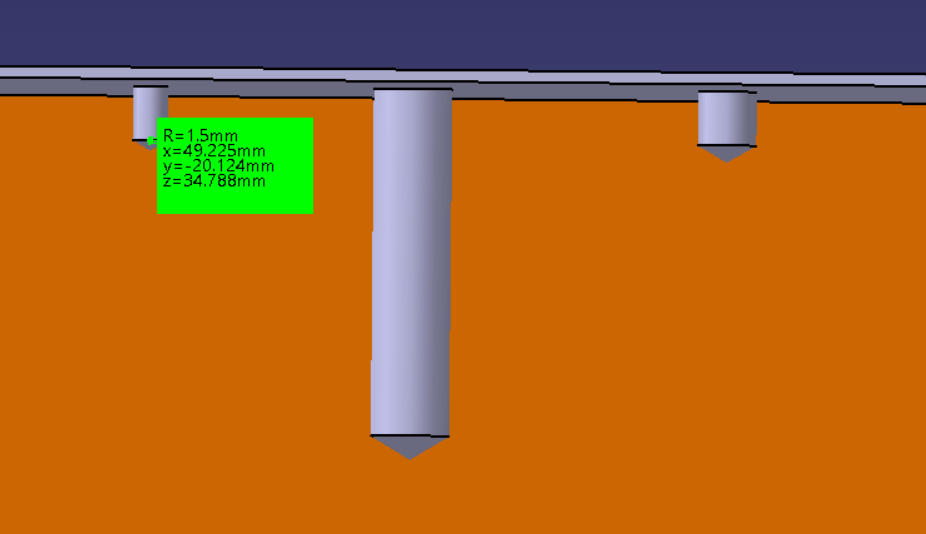Design for Manufacturing: Drill Dimensional Requirements
Let's consider drilling. This article discusses the necessary considerations whenever specifying the dimensional magnitude and tolerances of drilling operations.
Drilling operations are heavily dependent on tolerances and dimensions in machining. Hole sizes directly determine both the cutter size and chuck size used on the workpiece. Additionally, specified tolerances cause more rework if the drill operation fails to achieve desired results. Tolerances must be carefully considered to ensure that they are truly necessary.

Deep holes cause chip clearance problems. Additionally, they also cause a risk of the hole not being perfectly straight, as a longer plunge depth is required for the cutter. If excessively deep holes must be created, design engineers should consider using specialized tooling rather than standard drilling operations.
Small holes must be created with smaller cutters. If these cutters are smaller than 3mm, they typically have very low tensile strength and are highly subject to bending or breaking. Additionally, these cutters are difficult to install in the chuck and should be avoided when possible.
Holes should generally be made the same standard size whenever possible. This reduces cutter and chuck changing while improving flow time from fewer operations. Additionally, holes should all be located relative to the same surface. This prevents the machinist from taking additional steps to locate each hole for drilling.
If
(a) While designing parts that must be machined:
(b) If parts must be drilled
Then
(a) Avoid the use of deep holes that extend beyond three times the diameter of the hole
(b) Avoid the use of drilled holes smaller than 3mm.
(c) Dimension drill holes relative to the same surface
(d) Standardize the size of holes for each workpiece.
The use of this rule will prevent cutter breakage and hole tolerance failure while also reducing the overall time required to produce drilled parts. This drives down costs and manufacturing time and results in a higher quality part.





Member discussion